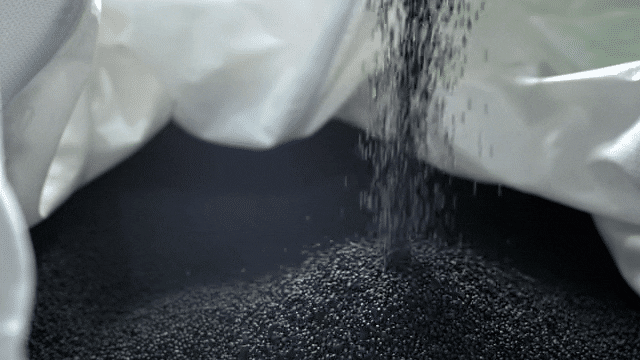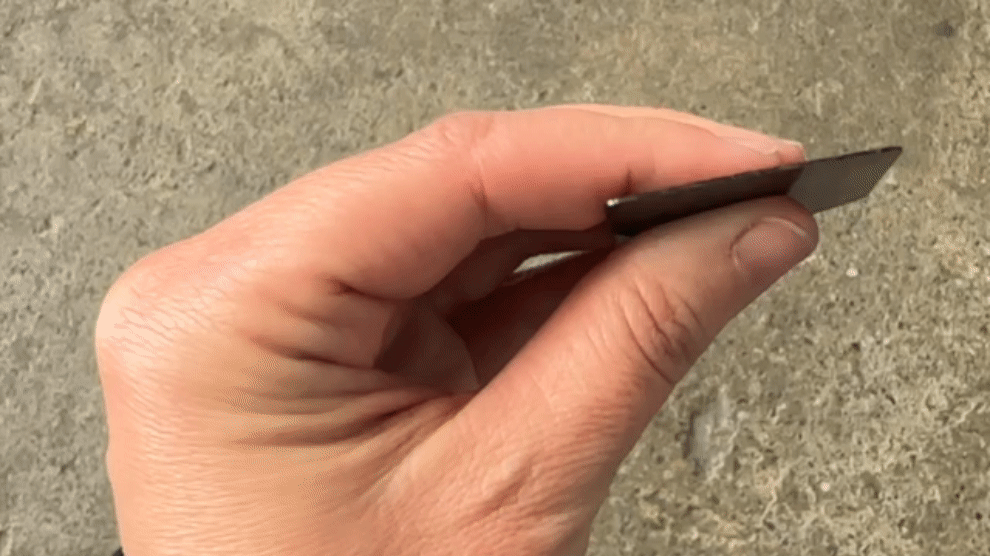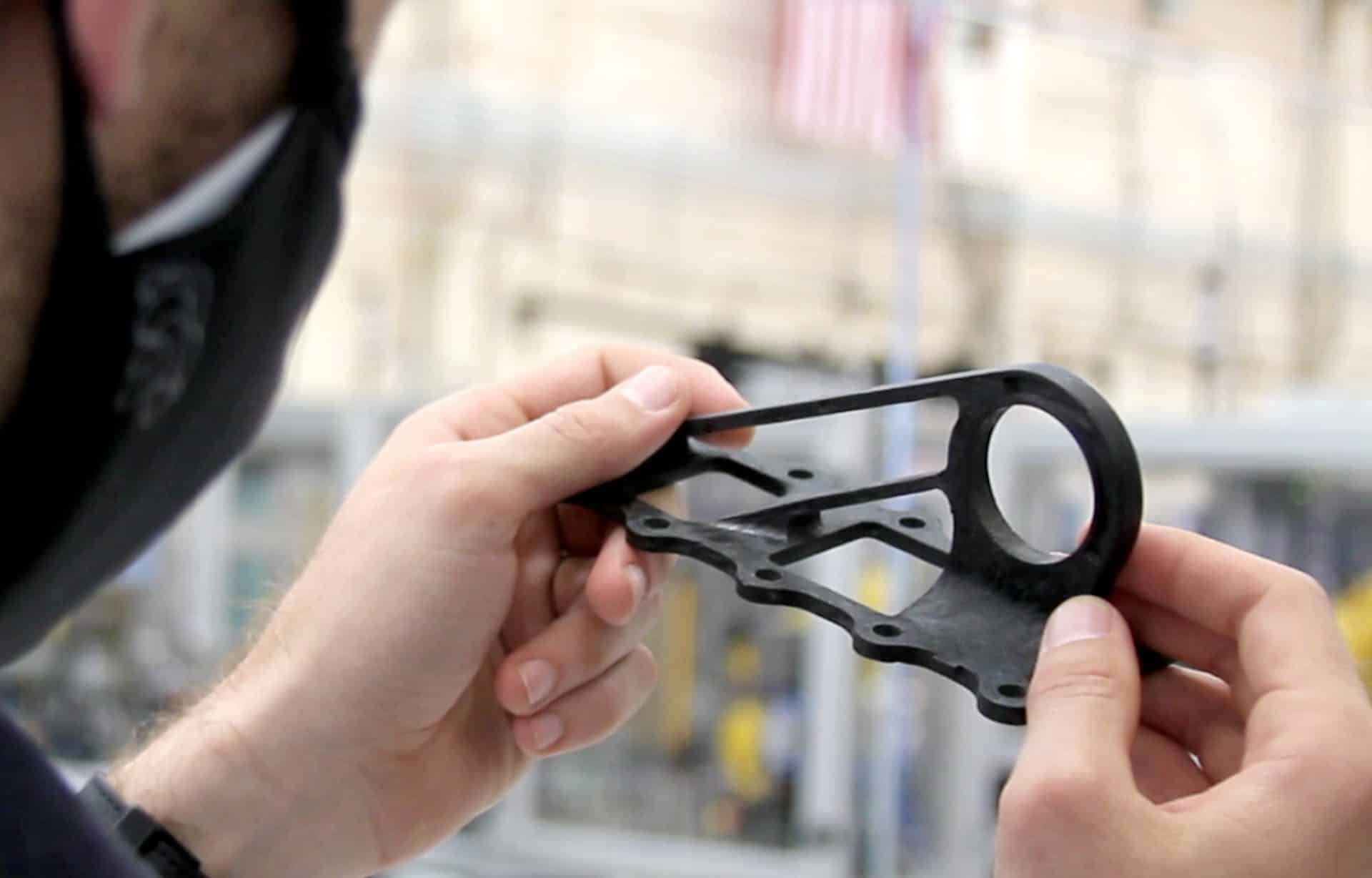Aerospace
Lighter aircraft will lift the industry
The Way It Is Now
To drive profitability, increase operating range, and shrink its environmental footprint, the aerospace industry strives to build aircraft that burn less fuel. This industry necessity has driven a major transition from metals to composites, however many components remain metal because they cannot be produced with existing composite manufacturing methods.
Where We Are Going
ARRIS’ form and fiber-optimized composite parts, such as trusses and brackets, can replace existing metal and composite components. Demonstration parts have reduced the weight of equivalent titanium components by over 70%. By retrofitting ARRIS structures into existing airframes, airlines can reduce their fleet-wide fuel usage. And by reimagining aerostructures, aerospace OEMs can build more efficient and sustainable next-gen aircraft.


